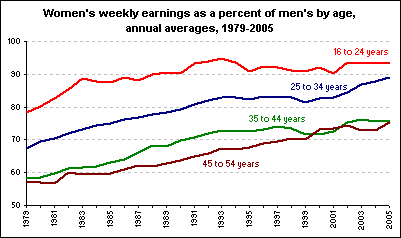Individuals face various cognitive biases that can affect organizational life. A cognitive bias is the human tendency to make systematic decisions in certain circumstances based on cognitive factors rather than evidence.
Bias arises from various processes that are sometimes difficult to distinguish. These processes include information-processing shortcuts, motivational factors, and social influence. Several of these biases have especially impactful intersections with diverse groups. Examples include the false-consensus bias, status quo bias, in-group favoritism, and stereotyping.
Diversity Bias Types
False-Consensus Bias
A cognitive bias whereby people tend to overestimate how much other people agree with them, and to assume that their own opinions, beliefs, preferences, values, and habits are normal and that others think so as well.
This bias is especially prevalent in group settings where people think the collective opinion of their own group matches that of the larger population and, sometimes by extension, that those who do not agree with them are somehow defective. This can impair the integration of diverse perspectives and lead to misunderstandings.
Status Quo Bias
A cognitive bias in which the current baseline (or status quo) is taken as a reference point, and any change from that baseline is perceived as a loss. Status quo bias should be distinguished from a rational preference for the status quo, as when the current state of affairs is objectively superior to the available alternatives, or when imperfect information is a significant problem. A large body of evidence, however, shows that an irrational preference for the status quo—a status quo bias—frequently has a negative affect on decision-making.
In-Group Favoritism
A social process that may have links to cognitive biases but also to other social dynamics. This bias relies on a tendency toward homophily (the tendency of similar types of individuals to form groups), as in-group favoritism is the tendency for individuals to provide preferential treatment to those of a similar perspective or disposition. As this can include the allocation of resources, promotions and other critical organizational attributes, it poses a serious threat to inclusion (and the benefits of inclusion).

U.S. male/female wage comparison 1979–2005
Women consistently make less than men in the workplace. It is likely a result, at least in part, of in-group favoritism.
Stereotyping
Stereotyping is categorizing—in ways that may or may not accurately reflect reality—specific types of individuals or certain ways of doing things. While stereotypes do not necessarily lead to prejudice and/or discrimination, expectations and beliefs about the characteristics of members of groups perceived as different from one's own can lead to misunderstandings, inflexibility, stifled innovation, and potentially damaging group behaviors.
Taking these biases into account with regard to the business environment highlights some of the pitfalls that must be avoided in a diverse business environment. These biases should be actively prevented and screened for within the work environment of any multinational corporation.